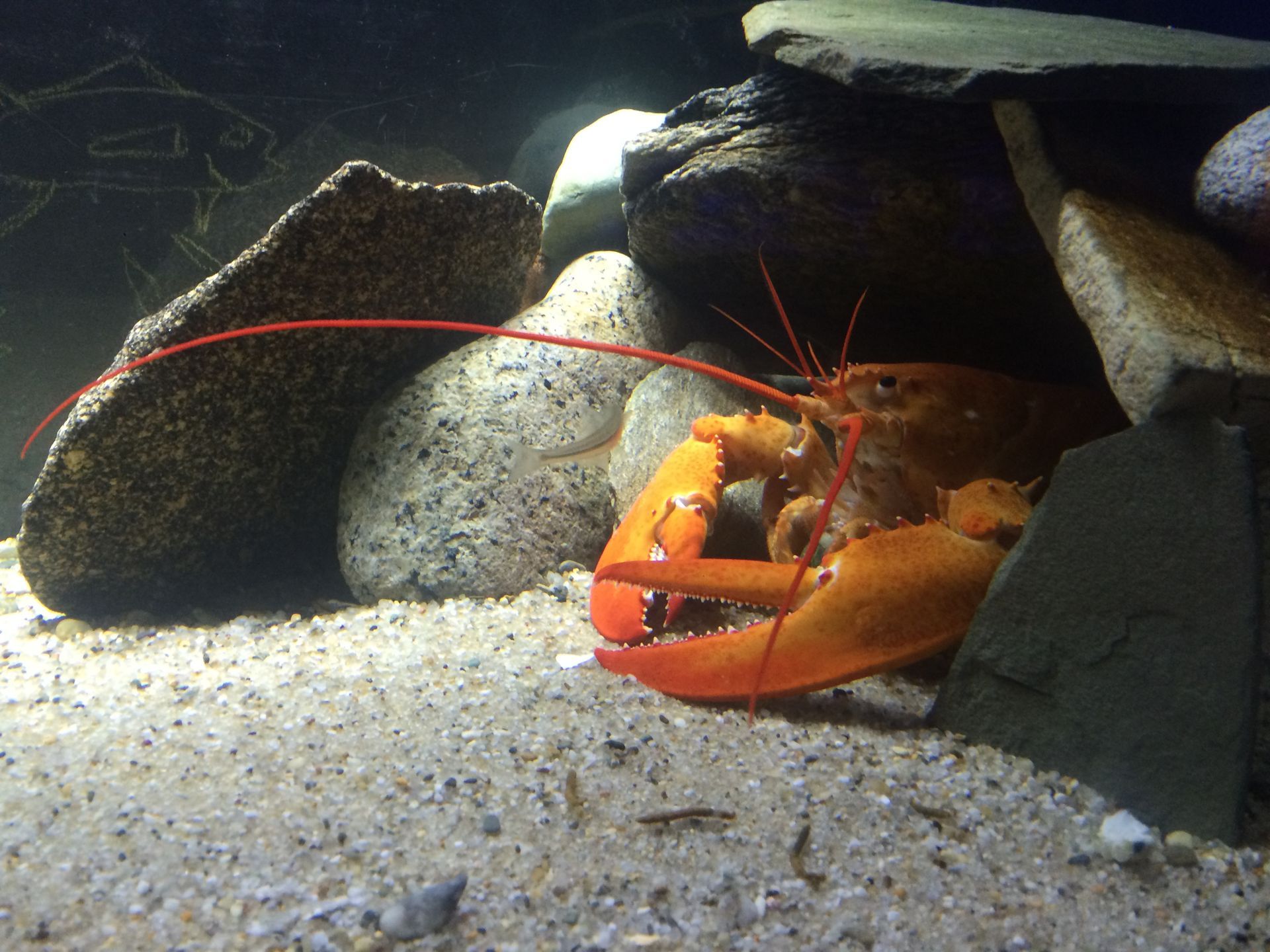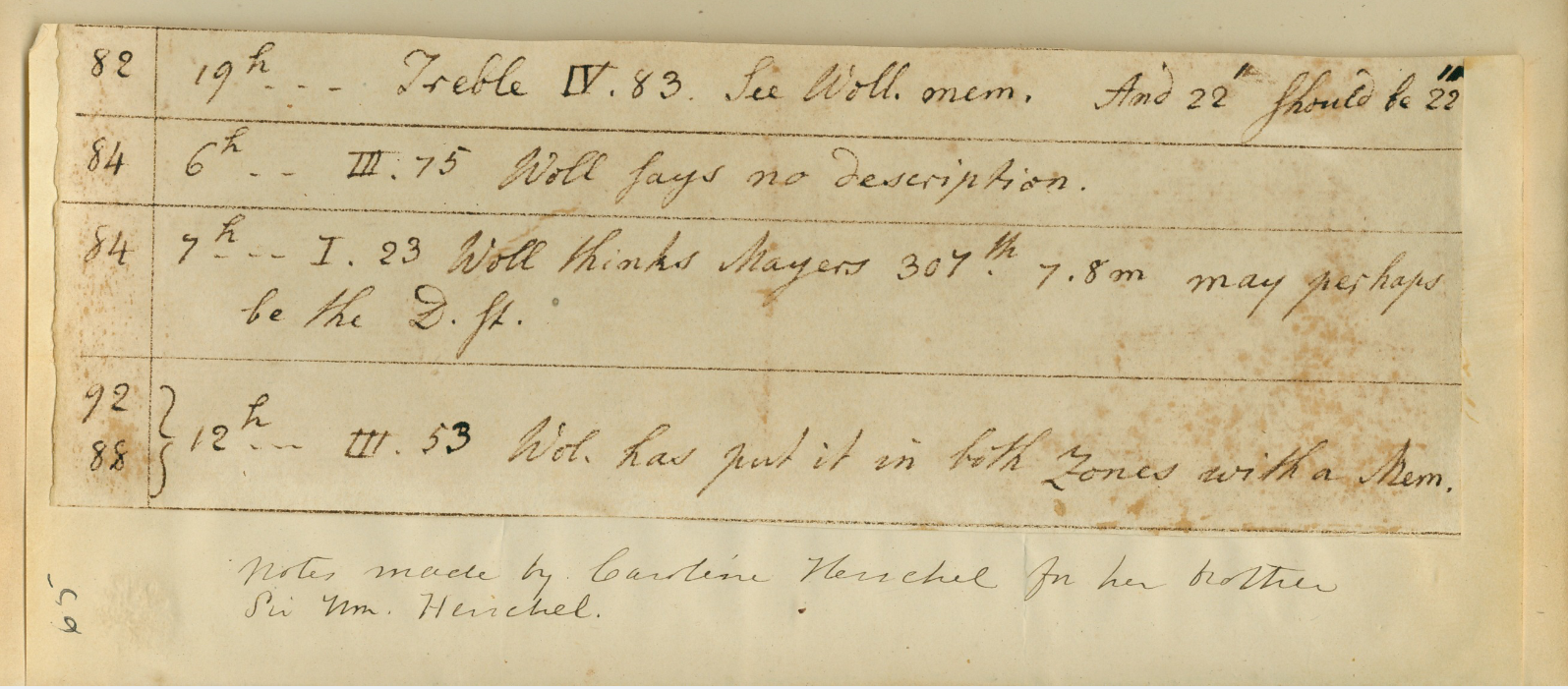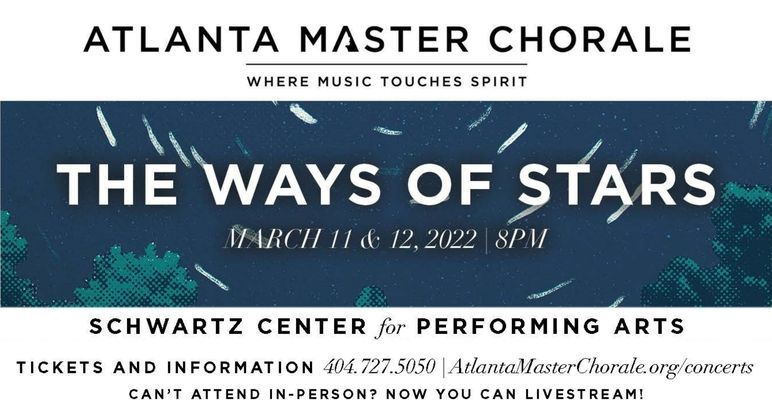Maria Mitchell Subject of New Choral Work, “The Ways of Stars”
During her years at Vassar College, one of Maria’s classes created a song about her set to the music of “The Battle Hymn of the Republic.” Another class, commissioned a bust of their beloved professor – it still stands in the niche at the Vassar College Observatory and the MMA has a bronze copy that was donated to us. Maria was secretly a bit pleased by both, though she was not pleased with posing for a bust that required her having to be measured.
People continue to be inspired by her and to find ways to commemorate her life and work. Over the last year or so, the Maria Mitchell Association has been speaking with the Atlanta Master Chorale as they put together their performance “The Ways of Stars” by composer Jake Runstead.
The Atlanta Master Chorale is an over forty-year-old chorale group that has received numerous accolades over the years. Before the COVID-19 Pandemic took hold of the country and the world, the group performed a choral piece by Runstead concerning the fears faced by Beethoven as he approached the loss of his hearing. The Chorale was inspired by this work and commissioned Runstead for its own piece. Runstead chose to look at Maria Mitchell and her life and work. This particular piece focuses on her eclipse viewing trip to Burlington, Iowa in 1869. She travelled out West with several of her students to observe, creating quite a stir as the only all-female group and also for the simple fact they were a group of women travelling cross country. She would publish an account of the eclipse in the October 1869 edition of “Hours at Home” and this is what inspired Runstead.
The world premiere of the piece will be performed at Emory University March 11 and 12 and there is a virtual offering. The Chorale will also be presenting several discussion panels which will include women in STEM and also Runstead discussing his work and how he was inspired by Maria Mitchell.
JNLF
Recent Posts





